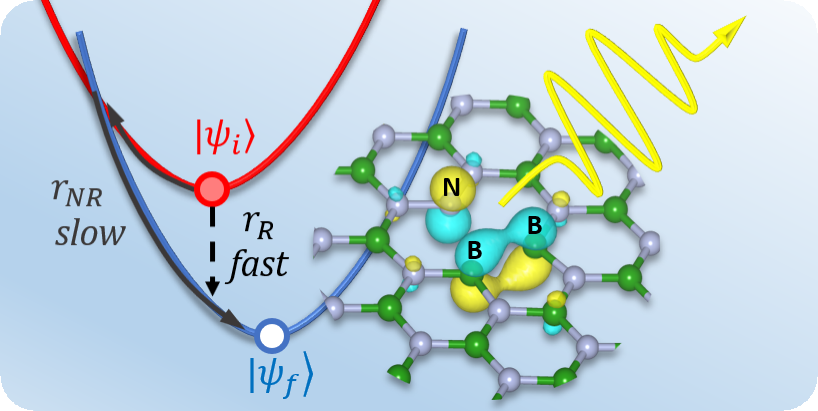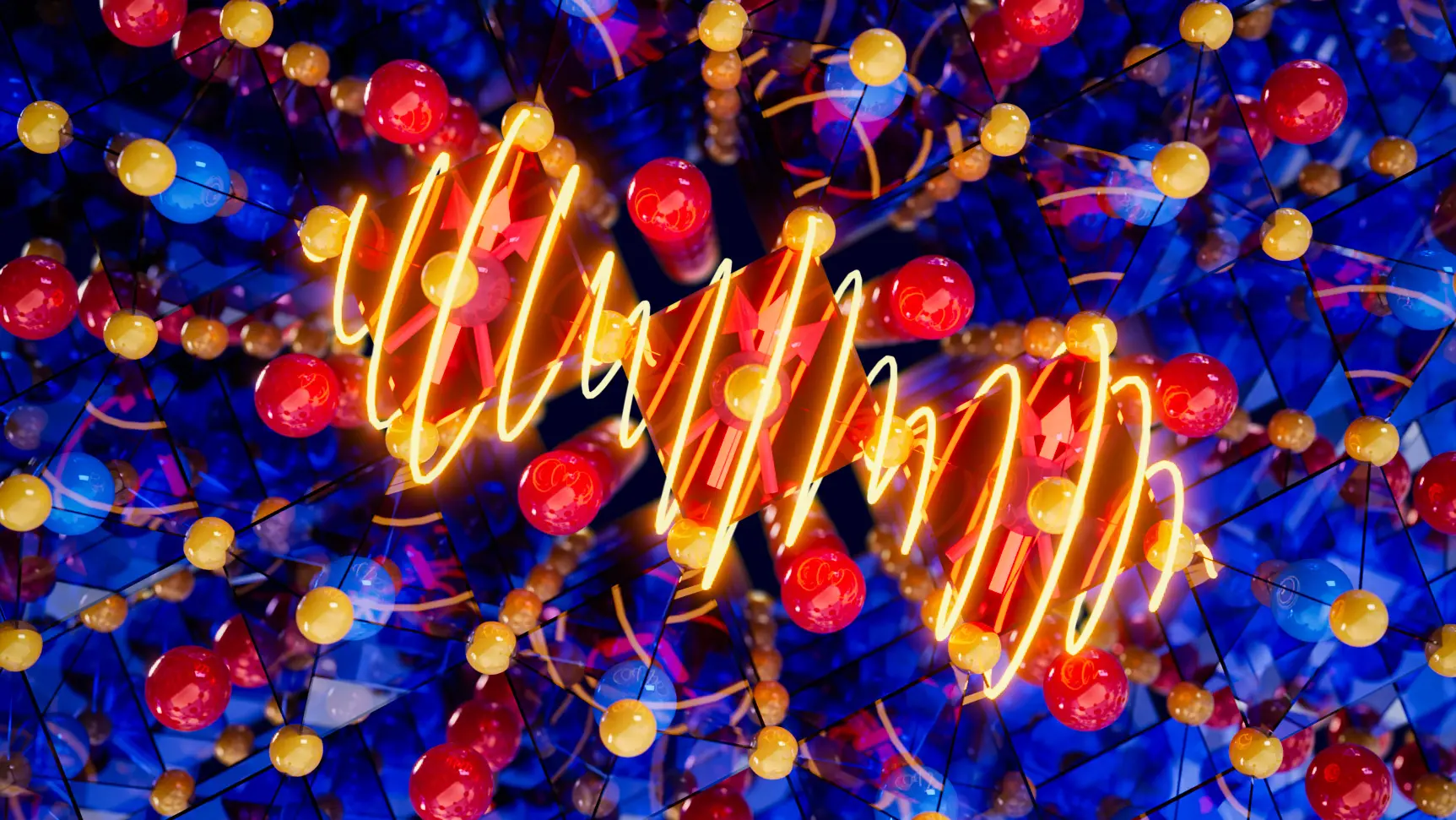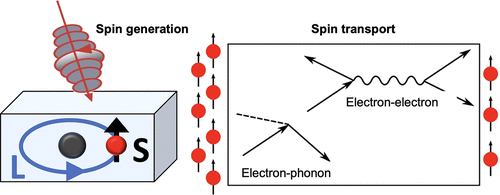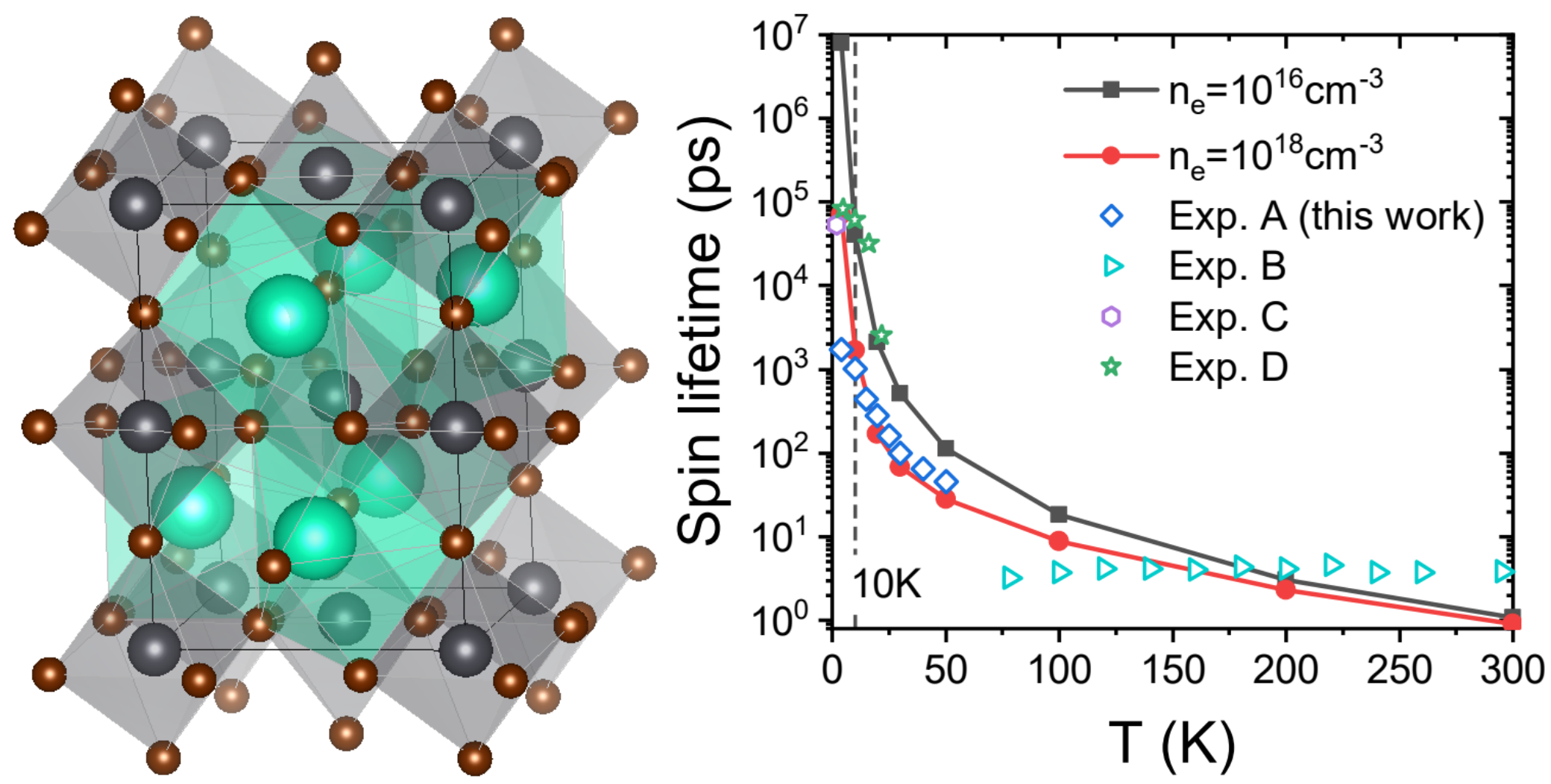Congratulations to Feng Wu, Tyler Smart, Junqing Xu, and Prof. Ping for their publication in Physical Review B Rapid Communications! Link to the full article can be found here.
The identification and design of defects in two-dimensional (2D) materials as promising single photon emitters (SPEs) requires a deep understanding of the underlying carrier recombination mechanisms. Yet, the dominant mechanism of carrier recombination at defects in 2D materials has not been well understood, and some outstanding questions remain: How do recombination processes at defects differ between 2D and 3Dsystems? What factors determine defects in 2D materials as excellent SPEs at room temperature? In order to address these questions, we developed first-principles methods to accurately calculate the radiative and nonradiative recombination rates at defects in 2D materials, using h-BN as a prototypical example. We reveal the carrier recombination mechanism at defects in 2D materials being mostly dominated by defect-defect state recombination in contrast to defect-bulk state recombination in most 3D semiconductors. In particular, we disentangle the nonradiative recombination mechanism into key physical quantities: the zero-phonon line and Huang-Rhys factor. At the end, we identified that strain can effectively tune the electron-phonon coupling at defect centers and drastically change the nonradiative recombination rates. Our theoretical development serves as a general platform for understanding carrier recombination at defects in 2D materials, while providing pathways for engineering of quantum efficiency of SPEs.





